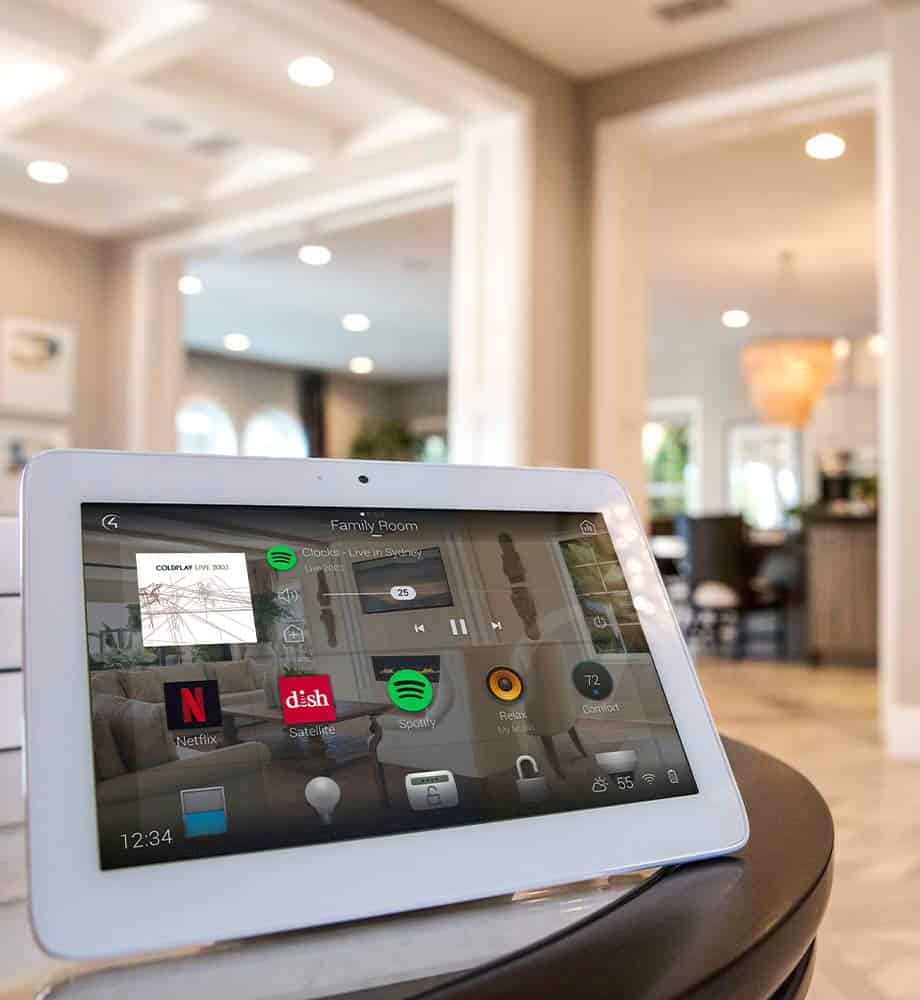
In 2018, Silicon Labs acquired Sigma’s Z-Wave technology. This ensures you’ll get no conflict with your neighbor’s system and that all discrete devices are also secure. The overall network is given a Network Id, and all devices come with a Node ID. When you get a new Z-Wave device, you’ll need to add it into your network. The only user input required is manipulating the controller. The command takes a route to the destination device.Ī hub is crucial if you want remote access. Whatever your preferred form of control, a command is sent from the controller to a hub. You have a variety of choices for controlling Z-Wave devices: For more on mesh networks and why they make sense, go here Sensors: Reporting devices using both analog and digital signals to communicateĪs outlined, Z-Wave functions as a secure and ultra-dependable mesh network.Controllers: Method of control for other Z-Wave devices.Actuators: Controlled devices used to switch signals.Z-Wave devices fall into three broad categories: It's how these layers all work together, though, that makes Z-Wave such a reliable protocol. This system gives you extended reach at the expense of a slight and barely noticeable delay in communication.Ī Z-Wave system functions over three layers:ĭevices communicate on the application layer. This is where the expression hop comes in with the signal passing along by whatever means necessary. Messages can be sent between nodes even when they’re not within direct range. Smart home devices used in a connected home are termed nodes when considering mesh networks. Signals can hop from device to device – up to 4 of these hops are permitted – so indirect communication is possible adding a further layer of flexibility to the network. Communication takes place with the hub using the Z-Wave protocol.

Although the devices on mesh networks usually link up to a central hub, they also mesh together. Adding more devices strengthens the mesh with new devices, as long as they’re plugged into an outlet, acting as repeaters.Įvery device on a standard WiFi network needs to connect to a router. With standard RF networks, more devices lead to problematic congestion.

To understand how Z-Wave works, you need to be clear about mesh networks and the advantages they provide. While this is the practical limit, after 40 or 50 devices, you’re likely to experience a little congestion. By using frequencies of 908.42 MHz in the US and 868.42 MHz throughout Europe, Z-Wave suffers from very little interference as the 800 to 900 band is well clear of the 2.4GHz and 5GHz used by WiFi and other devices, appliances, and protocols.Ī wireless mesh network, Z-Wave can support up to 232 devices. Z-Wave Plus, making use of the 500 chip series, came to fruition in 2013. Sigma Designs purchased the Danish start-up in 2009. Released in 2004, Z-Wave penetrated the mass market in 2005 with the formation of the Z-Wave Alliance.

The stated goal was to create a cost-effective Zigbee alternative enabling devices from different brands to communicate in harmony. Zensys from Denmark developed Z-Wave in 2001. Z-Wave is a wireless protocol harnessing low-energy radio waves to help smart devices or appliances communicate successfully with one another.


 0 kommentar(er)
0 kommentar(er)
